Nordic architecture: creative currents in the 21st Century
Twenty-first century Nordic architecture embraces a variety of architectural ideas and directions, presenting fresh approaches with a renewed sense of the importance of architecture as a form of cultural expression and creation. Complementing new forms of urban public space is an explosion of civic architecture; cultural, educational, and communal buildings are being produced at a previously unseen rate and are widely regarded as being of high quality and fit for purpose. The international tendency towards sensationalism may be pulling Nordic egalitarianism in architecture in new directions.
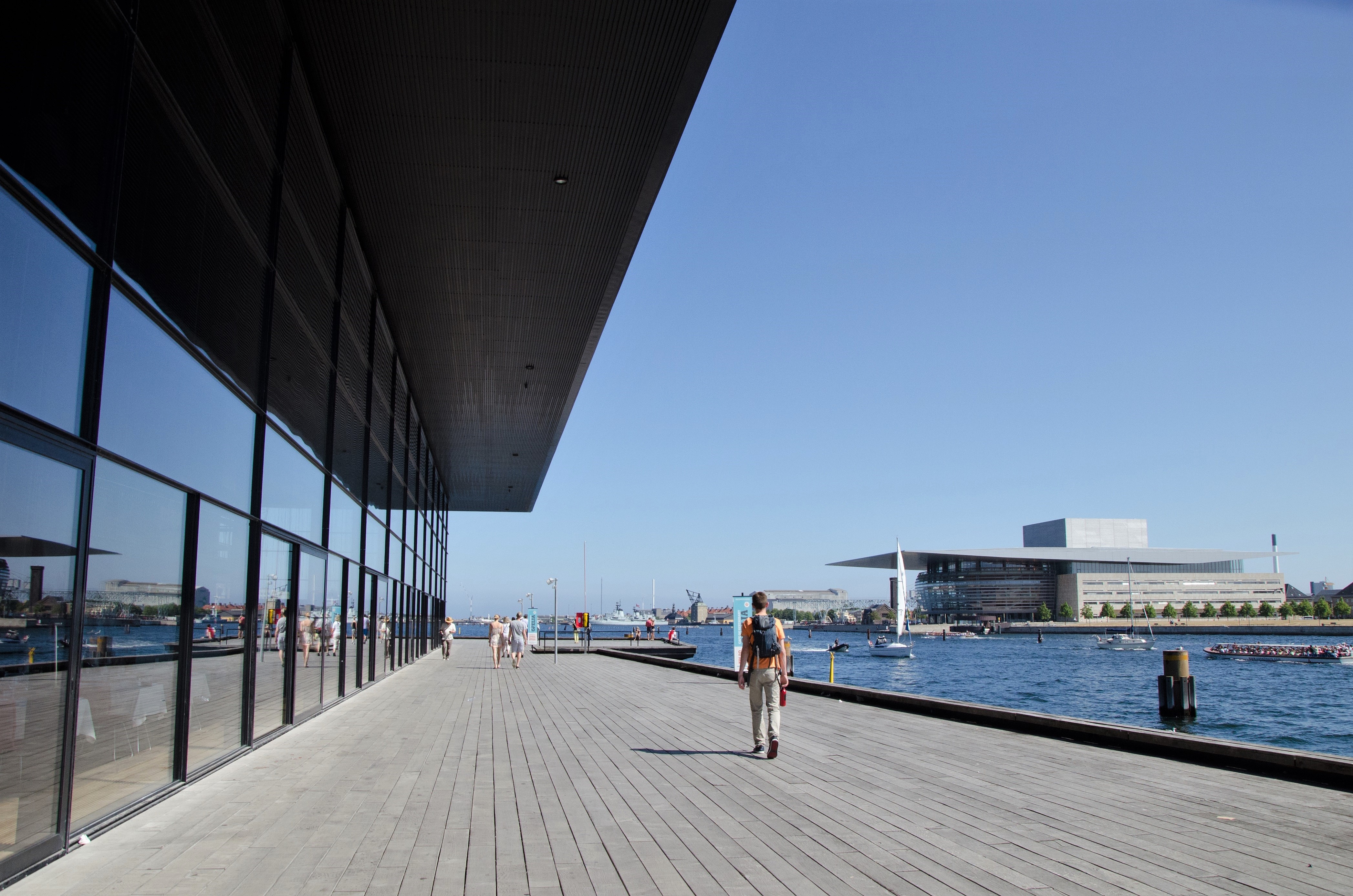
Recent literature on contemporary Nordic architecture comment on the international attention it is receiving for its capacity to address social, climatic, and cultural challenges in today’s globalized world. The many and varied projects since 2000 reveal that Nordic governments are prepared to devote extensive resources to enhancing their societies through new housing paradigms and civic and community buildings that reflect the values and ideals of contemporary society. New forms of urban intervention, in scale and program, signify important investments in public social spaces. Urban waterfront developments are emblematic of this trend as witnessed by the numerous new performing arts, museums, and commercial venues, promenades and bathing facilities, and housing complexes located along them.
New era in architecture for 21st century
Contrasting the last century, Nordic architectural practice is increasingly one of diverse, team-based, multi-disciplinary approaches, responding to the new scope and scale of public projects. Today's firms are much larger than in the past, some having several hundred employees in addition to operating multiple offices throughout the region and the world. Like their global counterparts, Nordic architects’ engagement in international ideas and trends has been accelerated by the introduction of digital design processes and software, the internet, and open-source social interaction. An impact of the Nordic way of working is the increase in the global practice of invited or open architectural competitions for awarding projects or exploring ideas, both for public and private clients.
Three main threads emerge for 21st century architecture in the Nordics
As Nordic architects grapple anew with brick, pine and birch, granite, concrete, glass and metals as the basis for contemporary building, three threads emerge:
- First is the creation of architecture that focuses on expressive and explorative formal and spatial essays, often seemingly for their own sake;
- Second is the further refinement and development of the Mies van der Rohe-inspired neo-modernism that emerged toward the end of the last century. Current advancements in metals and especially new glazing applications have made this direction more environmentally responsive to the Nordic climate; and,
- Third is the continued creation of works that maintain the culturally-referenced directions long associated with Nordic modern architecture, especially in the last half of the 20th century. Here, culture, site, materiality, and local traditions and conditions are acknowledged or reinterpreted in a place-based manner of expression.
Nordic tendencies in architecture challenged by global thirst for the spectacular
With that said, while Nordic architecture in the twenty-first century continues to demonstrate similar traits as it did in the late twentieth century, such as its clarity of design and content, and for being well-grounded socially and functionally, its direction is not without question. Concern has been expressed by Finnish architect Juhani Pallasmaa (b.1936), who follows in the footsteps of Norwegian Christian Norberg-Schulz (b.1926-2000) as an important theoretician by examining architecture through a phenomenological lens.
“During the past two or three decades, the Nordic countries have regrettably lost some of their unique and exemplary qualities as architecture increasingly reflects global values and fashions… Consumerist habits and values have also weakened the idealist quality of Nordic modernity, as the tendency for societal idealization has often been replaced by individualistic aestheticization.”
The role of globalization, with its resulting architecture of spectacular expression and visual imagery, appears to have two results for the Nordics. First, firms that emerged in the 1990s and achieved international recognition and status this century – like Bjarke Ingels Group (BIG), Henning Larsen, and Snøhetta, among other of the larger Nordic firms – are actively engaged in the creation of provocative works at home as well as world-wide. For younger, emerging practitioners attempting to establish their own practices, these firms appear to have sucked much of the air out of the room. Having difficulty procuring work and forming an office, many young Nordic practitioners are choosing to work abroad. One exception to this is seen in the selection of designers on the Norwegian Public Roads Administration's National Tourist Routes initiative, which actively recognized young, emerging architectural talent as an instrumental part of the procurement process.
Follow links for examples of prominent 21st century architecture by country
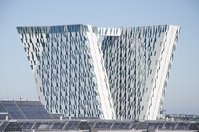 |
Prominent 21st century architecture in DenmarkBooming Danish 21st century architecture includes harbour baths, housing, civic buildings and event houses, with neo-modernist design playing a significant role. |
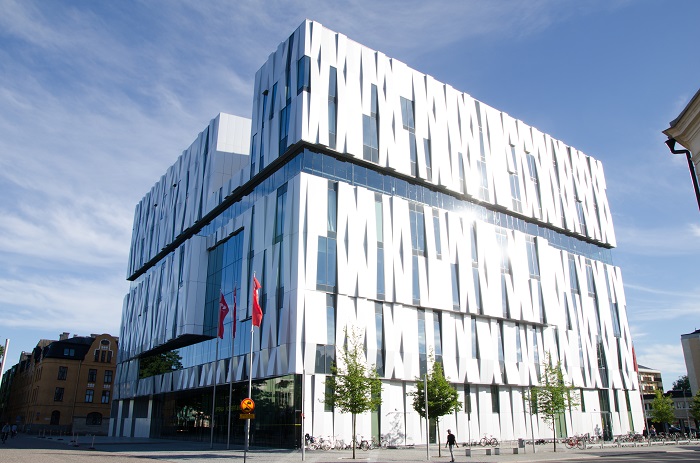 |
Prominent 21st century architecture in Sweden21st century cultural and civic buildings in Sweden offer both place-based and neo-modernist styles. |
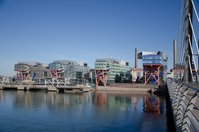 | Prominent 21st century architecture in FinlandRecent Finnish architecture of note includes civic, cultural and religious works, ranging in style from neo-modernism to the more culturally referenced. |
 | Prominent 21st century architecture in NorwayAn affluent country, Norway boasts remarkable productivity in architecture and infrastructure in recent decades, often drawing on neo-modernism, as well as a profound appreciation of the country's natural landscapes. |
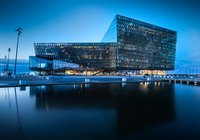 | Prominent 21st century architecture in IcelandFrom infrastructure and housing projects to culture and recreation centres, recent Icelandic architecture includes a range of design directions, among them the neo-modernism characteristic of the Nordics. |
 | Prominent 21st century architecture in Greenland and the Faroe IslandsMany civic works in Greenland and the Faroe Islands draw upon the respective countries' dramatic, rugged landscapes and sometimes harsh climate for inspiration. |
Foreign architects in the North
With Nordic architects successfully competing for projects internationally, foreign signature architects now work in the north. With today’s information infrastructure and channels of interaction, both cross pollination and collision of architectural ideas and expression occur throughout current practice. Recent works produced by non-Nordic architects include a variety of civic and cultural buildings:
- American Stephen Holl’s Knut Hamsun Centre (2010) in Hamarøy;
- Spanish architect Santiago Calatrava’s fifty-four story Turning Torso (2005) in Malmö;
- Iraqi-British architect Zaha Hadid’s Ordrupgaard Museum annex (2005) in Denmark;
- the Copenhagen Concert Hall (2009) by French architect Jean Nouvel;
- Viennese firm Coop Himmelb(l)au’s House of Music (2014) in Aalborg;
- Italian architect Renzo Piano’s Astrup Fearnley Museum of Modern Art (2012) on the Oslo waterfront; and
- Dutch firm OMA’s BLOX building (2018) in Copenhagen, which houses the Danish Architecture Centre.
Looking to the future: a dynamic tension?
Today Nordic architects face a tension between responding to the sensationalist expression underlying international architecture while also acknowledging and respecting their own identity and cultural traditions. While post-war architecture projected an optimistic and modern egalitarianism, today the most memorable quality of recent Nordic architecture may still be in works exhibiting a traditional sense of materiality and a subtle aesthetic sensibility. It is yet to be seen how this tension will evolve and be reconciled; for the interchange between national and international architectural ideas has been a continuing dialogue in the north, as Christian Norberg-Schulz has noted, for much of its architectural history.
Further Reading
- C. Norberg-Schulz, Nightlands: Nordic Building, Cambridge, MA: MIT Press, 1996.D. Sokol, Nordic Architects (Stockholm: Arvinius Förlag, 2008).
- D. Sokol, Nordic Architects: Ebbs & Flows (Stockholm: Arvinius + Orfeus Publishing, 2013).
- H. Plummer, Nordic Light: Modern Scandinavian Architecture (New York: Thames & Hudson, 2012).
- J. Pallasmaa, Encounters: Architectural Essays (P. MacKeith, ed.), (Helsinki: Rakennustieto, 2005).
- J. Pallasmaa, Encounters 2: Architectural Essays (P. MacKeith, ed.), (Helsinki: Rakennustieto, 2012).
- K. Kjeldse, et.al., New Nordic Architecture & Identity (Humlebæk, DK: Louisiana Museum of Modern Art, 2016).
- M. A. Andersen, ed., Nordic Architects Write: A Documentary Anthology (London: Routledge, 2008).
- N-O Lund, Nordic Architecture (Copenhagen: Arkitektens Forlag, 2008).
- P. Asensio (ed.), New Scandinavian Design (New York: teNeues Publishing Group, 2005).
- W. C. Miller, Nordic Modernism: Scandinavian Architecture 1890-2015 (London: Crowood Press, 2016).
Links
- Danish architect Bjarke Ingels' ‘3 Warp-Speed Architecture Tales’ Ted Global talk
- Interview with Finnish architect Juhani Pallasmaa on Art and Architecture